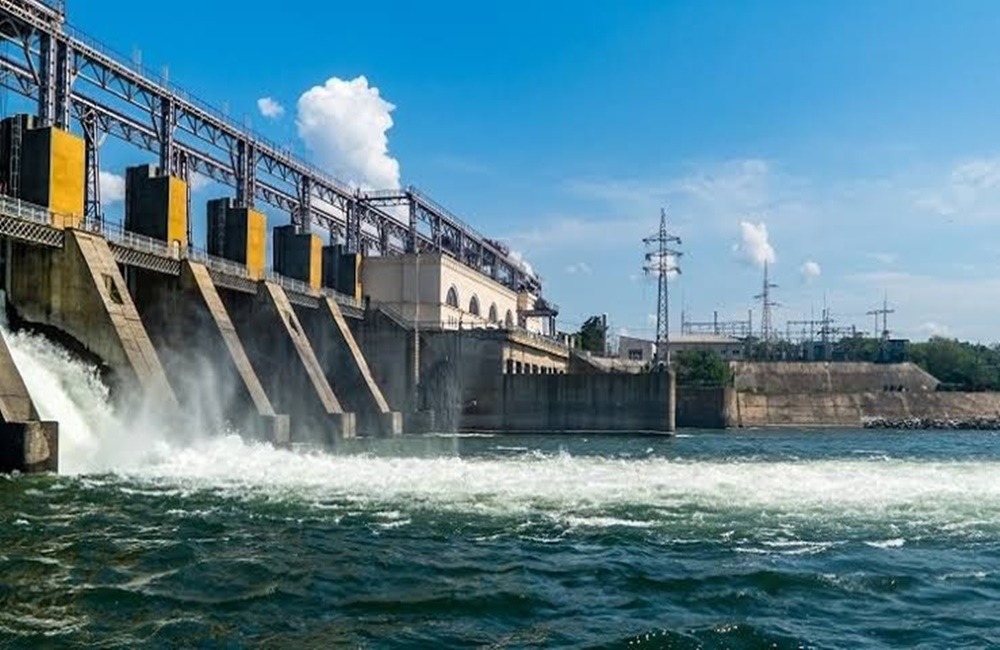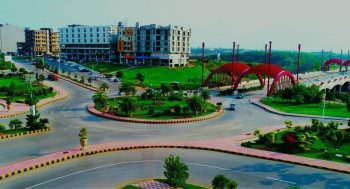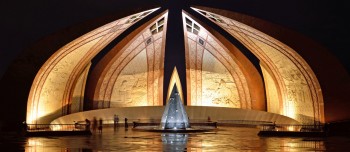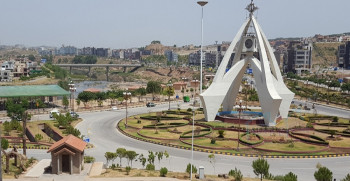Why is Hydro-Electric Power Pakistan Only Way Forward
Pakistan generates most of its electricity by burning its already limited supply of fossil fuels (coal, gas, and oil), by utilizing uranium for nuclear energy, and the rest from renewable energy sources (wind, solar, wood, hydro, etc.).
Pakistan is a country which imports 80% of its crude oil and petroleum products from the international market to meet its demand. Yet, roughly 40% of its energy is produced by burning these scarce fossil fuels, mainly consisting of oil and gas.
However, we do have large reservoirs of coal, but we lack the machinery to utilize them. Besides using coal to produce electricity would only further our environmental crisis.
1. Importance of Hydro-Electric Power for Pakistan
Pakistan has the potential to produce an estimated 50,000MW of hydroelectric energy, which is more than twice the current demand.
Besides electricity production, building more dams, particularly the Kalabagh dam, would improve crop yield, decrease flooding, increase the availability of drinking water, and solve many other such problems.
Here are five reasons why hydro-electric power generation is the only real option we have:
1.1. Lack of Fossil Fuels

As we all know that Pakistan imports most of its oil from foreign countries. By using fossil fuels to produce most of our energy, we face the following problems:
- Lack of control on pricing. As price is determined through currency exchange rates, demand, and supply chains, natural crises, stock market numbers, and other such factors, we have no control over it.
- It means petrol prices are higher to pay for the extra cost of imports.
- Rationing of natural gas for home use.
- The demand is ever-growing, and you will eventually need to burn more fuel to meet the shortcoming or face an economic crisis.
1.2. Nuclear Power has Long Term Consequences

Nuclear energy sounds like an attractive option because it provides high energy yields and does not produce any harmful gases. Not much can go wrong with a nuclear power plant, but accidents can occur.
Let’s not forget about Chernobyl, where the effects of radiation on humans and animals can still be seen today. Over 30,000 people lost their lives, and millions are struggling with health issues related to nuclear waste.
Accidents are one thing, but disposing of nuclear waste is an unavoidable task. Where ever it is disposed of, the area becomes inhabitable and the soil surrounding it barren. New methods are always being developed to dispose of nuclear waste, but it is still a risky operation.
1.3. Kalabagh Dam is Worth the Investment

A study that was conducted in 2014 by the Nust University, explained the benefits of building the dam and the consequences of not building it. The report can be summarized in the following points:
Benefits:
- Will cut down $4 billion in energy costs yearly.
- Saves Rs. 132 billion by providing irrigation benefits.
- Prevents flooding.
- The overall yearly economic benefit would be around Rs. 20 billion, which means the cost of construction will be paid back in under 10years.
Negative consequences of not building a damn:
- Food shortages in the future.
- Decreased agricultural production.
- Water shortage and disputes.
- The increased cost of importing energy to meet demands.
- Production of goods will become more expensive.
- Increased electricity tariffs.
1.4. Pollution Free Energy

I think everyone living in urban areas must have noticed the smog, the smokey scent, and the grey clouds over their heads. All of these are signs of excessive harmful pollutants in the air.
With the demand for energy ever-increasing, hydroelectric power is the only way to fill that void with no harm to the environment.
Pakistan is highly affected by global warming. Disease and health issues have increased drastically in the past few years. We cannot afford to burn more fossil fuels to produce energy. Not financially and not for the sake of our people's health and living conditions.
1.5. It Provides Us More Than Just Energy

The future looks bleak, as it is predicted that Pakistan will start facing a water shortage by 2025.
But by building dams, we can prevent this from happening in the first place. We have the power to stop an upcoming disaster, yet the Kalabagh dam is still opposed.
By building dams, we can create electricity, conserve water, make drinking water more available, increase our crop yields, prevent flooding, create business opportunities, make lands habitable, and the possibilities are endless.
2. Initiatives Being Taken by the Government
The current government has given hydroelectric power generation a lot of attention although it is the foreign investments, loans, and aid that is funding most of their projects.
A few projects were established or commissioned back in 2016, all of which are located in KPK. They include:
- Ranolia (17 MW)
- Daral Khwar (37 MW)
- Machai (2.6 MW)
The KPK government also installed over a thousand micro plants with the help of the Asian development bank. It is predicted that the combined capacity is above 100MW. They are designed to produce cheaper and reliable energy.
Certain projects are still under planning and construction. Including the following:
- Karot (720MW)
- Suki (870 MW)
- Kohala (1,124 MW)
All of which are being made with the help of the Chinese. These projects will help support the demand for energy for the CPEC project.
Locally WAPDA is planning and constructing
- Golen Gol (106 MW)
- Neelum-Jhelum (969 MW)
- Dasu (4,320 MW)
and is planning to extend the Tarbela plant.

Content












Join our growing community
Subscribers
Youtube
Twitter
Instagram
Facebook